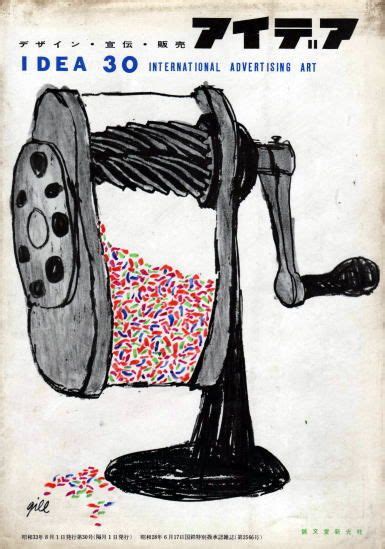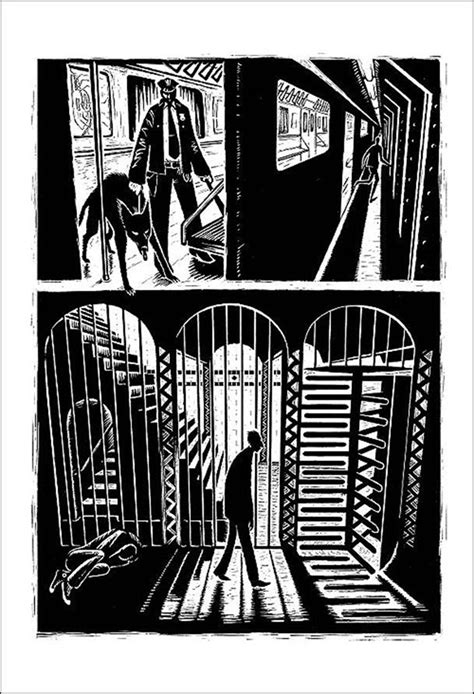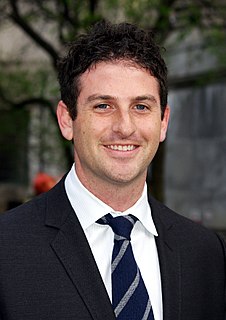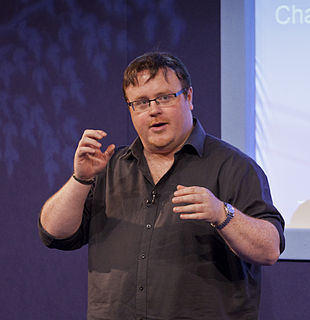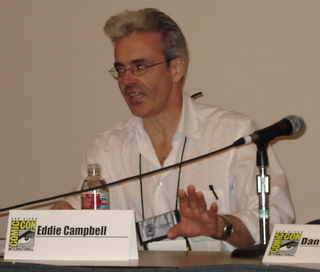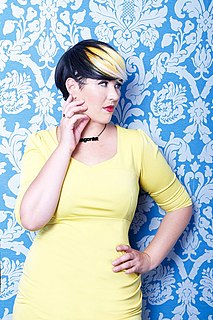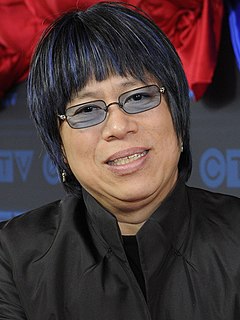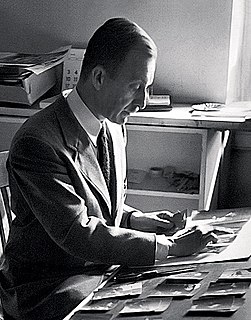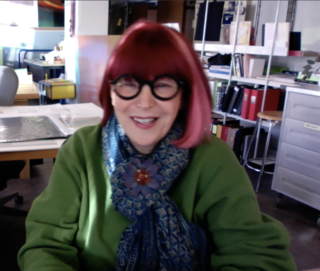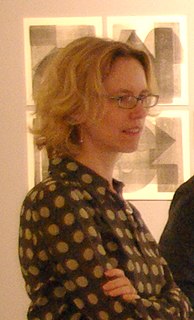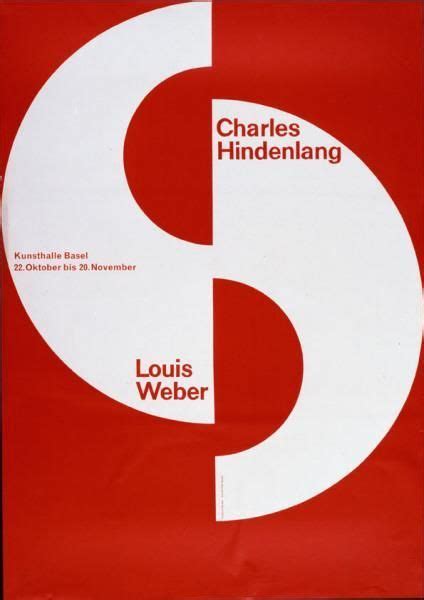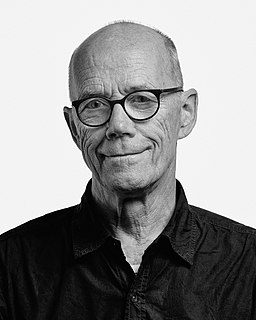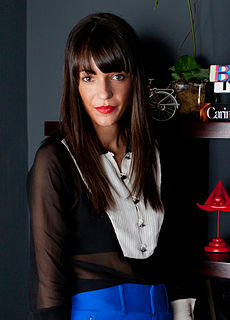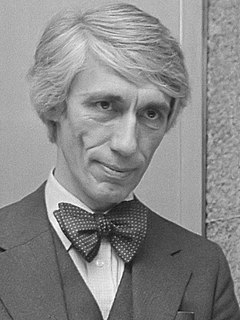A Quote by Bob Gill
If you haven't read Alan Fletcher's The Art of Looking Sideways you should be arrested for calling yourself a Designer
Related Quotes
Art makes people do a double take and then, if they're looking at the picture, maybe they'll read the text under it that says, "Come to Union Square, For Anti-War Meeting Friday." I've been operating that way ever since - that art is a means to an end rather than simply an end in itself. In art school we're always taught that art is an end in itself - art for art's sake, expressing yourself, and that that's enough.
Technology is a tool, and it's a platform. Nobody gets arrested for being a blogger; people get arrested for dissent. Nobody gets arrested for putting information about themselves online; they get arrested for being an activist. I'm a strong believer in the fact that you should not blame the tools; you should blame the circumstances.
You should have called us. Desmond would have picked you up.' 'No I wouldn't,' Valkyrie's dad said, stepping into earshot. 'Sorry, Fletcher, but I had important fatherly duties to take care of, which included eating breakfast, showering, and finding my trousers. Of those three, I only managed two. Without looking down, can you guess which one I missed?'... Fletcher smiled back. 'I just want to borrow Stephanie for a moment.' 'Take our daughter,' Valkryie's dad said, waving a hand airily. 'We have another one now.
There are so many people who have a training in art history; and if you've spent time looking at old art, you become attuned to what art does through materiality and so you begin to look to that in contemporary art as well. And anyway, I do think that matching one's experience with what you're looking at and questioning what you're looking inevitably involves materiality, just like it involves the sense of place.
Casting is really weird. Honestly, when Alan Ruck's name came up - and I've worked with Alan before - I went, "Yes, he's perfect." He came in and read for us, which was really sweet of him because he didn't have to, and he nailed it in seconds. We knew exactly who we had. That stuff is really good and fun.
How a designer gets from thought to thing is, at least in broad strokes, straightforward: (1) A designer conceives a purpose. (2) To accomplish that purpose, the designer forms a plan. (3) To execute the plan, the designer specifies building materials and assembly instructions. (4) Finally, the designer or some surrogate applies the assembly instructions to the building materials. What emerges is a designed object, and the designer is successful to the degree that the object fulfills the designer's purpose.
